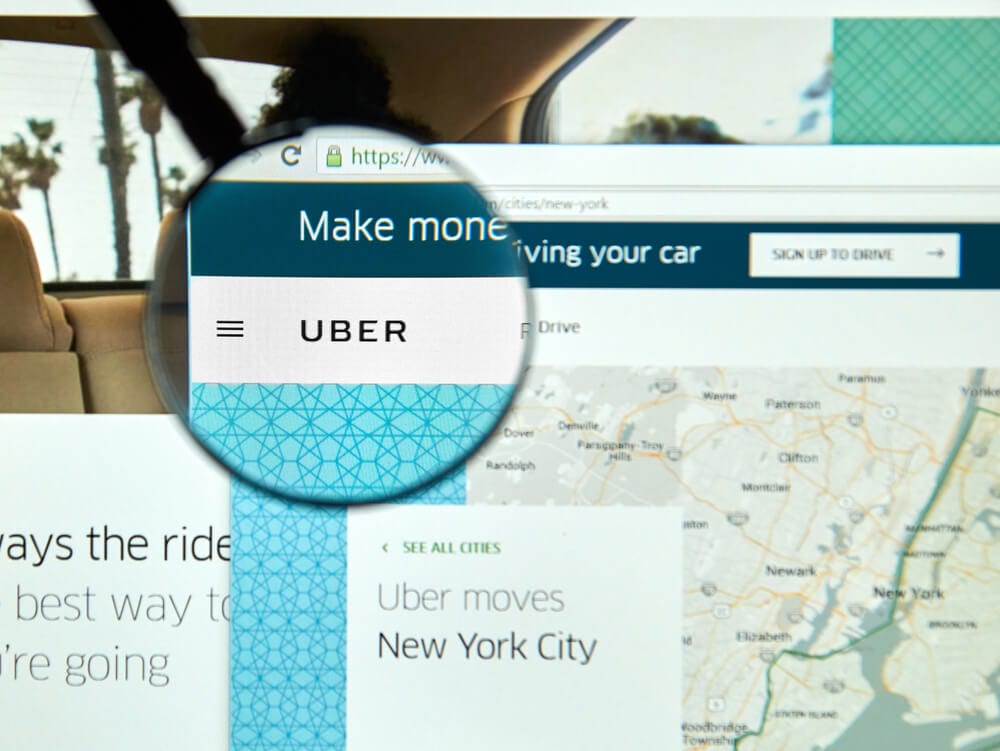Borrower beware!
If you are hoping to score a car or home loan and don’t know your debt-to-income ratio, you probably want to check into it.
You might find out you need to pick up a part-time job before you apply for a loan.
Debt-to-income ratio (DTI) is your total monthly debt payments (including credit card payments, rent or mortgage, auto loans, student loans and any other monthly expenses) divided by your gross monthly income.
Your debt-to-income ratio is a major factor in determining whether you qualify for a loan, and also figures into the interest rate. Typically, lenders want to see a ratio under 35% when mortgage/rent is included in the formula, but that varies depending on the bank or lending institution.
If your debt-to-income ratio is not under 35%, you still might get the loan, but you’re going to pay a much higher interest rate.
There are two ways to improve a debt-to-income ratio: cut expenses or generate more income.
Cutting expenses is the easiest way, but if your budget is already bare bones essentials, then boosting your income might be the best route. You can try asking for a raise, but a sure-fire solution is to pick up a side-job with flexible hours and put the money in the bank.
You can go the traditional side-job route, but as you can see from the chart below, it might take a while before you make enough money to significantly impact your DTI.
Pizza Delivery: An analysis
- Pay is $7-$10 per hour, plus tips.
- Pay can be as low as $4 an hour up to $10 an hour, plus tips.
- Pay is really low — $3-$5 per hour in most bars – but add in tips and it could be more like $20-$25 an hour.
- Most get paid minimum state wage, but some places start you at $10 per hour.
- Retail clerk. Most part-timers get paid minimum wage or up to $10 per hour.
Traditional part-time jobs have their advantages in that they offer guaranteed hours with a base hourly wage. The drawback is that with guaranteed hours comes a rigid schedule.
If you need something more flexible, the sharing economy launched a whole host of part-time opportunities perfect for those that want to make their own hours. Really, they’re just traditional jobs with a modern spin that makes it easier to get started in something like babysitting or tutoring and bring home significant cash.
Drive for Uber or Lyft
By now, this isn’t anything new. Uber and Lyft (peer-to-peer taxi services) have been around long enough that chances are you already heard of them, but here are a few other driving services you may not have heard about:
Grocery and supply delivery:
- Postmates
- Instacart
Food delivery:
- Doordash
- GrubHub
- UberEATS
Uber and Lyft drivers earn between $15 and $25 an hour, depending on what city they’re driving. The other driver services could be worth as much as $25 an hour and as little as $8 an hour.
Many drivers double-up on two or more of these services, which allows them to stay busy switching between apps. Make sure you look for referral codes. Uber and Lyft are especially known for giving referral bonuses that could net you $100-$1,000 just for signing up.
Freelance
If you’ve got a marketable skill – writing, photography, music, teaching, accounting, the list is endless – there is someone out there willing to pay for your skills on a part-time basis. The difficulty with freelance is that work can be hard to find when you’re on your own. That’s where these websites come into play.
Upwork connects businesses with freelancers. Freelancers advertise their skills by creating a profile, and employers either post jobs or search for individuals with a particular skill. Categories include web development, writing, photography, customer service, accounting and a whole lot more.
Fiverr is a little less formal than Upwork. It has a wide range of categories with everything from legal consulting and social media marketing to dance videos and celebrity impressions. Fiverr doesn’t have the option to look for job posts. Instead, you create a profile that displays your unique skill and wait for the jobs to come to you.
TaskRabbit focuses on handy work like furniture assembly or home improvement. You set your own rate and TaskRabbit notifies you of potential jobs in the area.
The amount you earn depends on your skill and the number of hours you are willing to devote to it. The range can be as little as $10 and hour and could jump to $100 an hour with the right set of skills.
Babysitting is no longer limited to your next-door neighbors. These websites link parents with experienced babysitters around the area.
- Urbansitter
- Sittercity
Babino App is like Uber for babysitting in that sitting requests and payment are all done through the app. The exception is that babysitters can set their own rates.
Care.com is a platform for babysitting as well as pet care, senior care, housekeeping and even tutoring.
Workers in this field should expect to earn between $12 and $20 an hour.
Tutoring – If you’re a college student or a teacher, use what you know to make some extra money. These websites help tutors find a steady source of clients.
Wyzant does a little more than just connect students with tutors. They have in-person tutoring and the software to enable online tutoring. You create your profile and set your own rate, but Wyzant processes the payment.
Tutor Matching Service does exactly what the name implies. All of their tutors are certified by colleges or universities, and Tutor Matching Service also processes the payment.
University Tutor links tutors with students. They also provide standardized test prep for SAT, ACT and others.
The tutoring market is hot because of so much competition academically. That can drive the market price up, depending on your location, but the range should be between $15 and $25 an hour with specialty areas like language or science tutors drawing 50% more than that.
So, if you’re debt-to-income ratio isn’t what it should be, go online, find a match for your skill set and get started! You might earn enough to get an upgrade on that car or home you’re trying to get a loan for.

5 MINUTE READ
Home » InCharge Blog »
Sources:
- Consumer Financial Protection Bureau (2017 March 3) What is Debt-to-Income Ratio? Retrieved from https://www.consumerfinance.gov/ask-cfpb/what-is-a-debt-to-income-ratio-why-is-the-43-debt-to-income-ratio-important-en-1791/
- Rideshare Central (2018 Mar 23) Uber Sign-Up Bonus for Drivers – 2018. Retrieved from https://ridesharecentral.com/uber-sign-up-bonus
- Tuttle, B. (2018, March 6) How Much Do Uber and Lyft Drivers Really Make? New Study Shows Pay Is Pathetic. Retrieved from http://time.com/money/5182612/how-much-do-uber-lyft-drivers-really-make-get-paid-study/
- NA, ND. Salary: Glassdoor. Retrieved from https://www.glassdoor.com/Salaries/part-time-pizza-delivery-salary-SRCH_KO0,24.htm

















